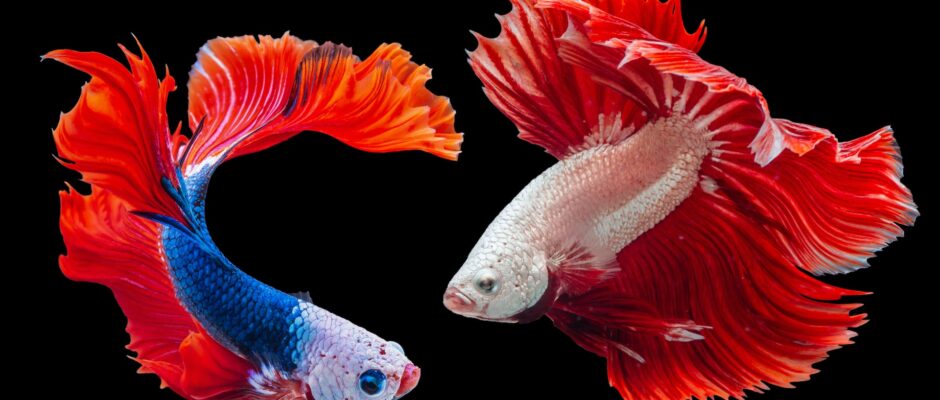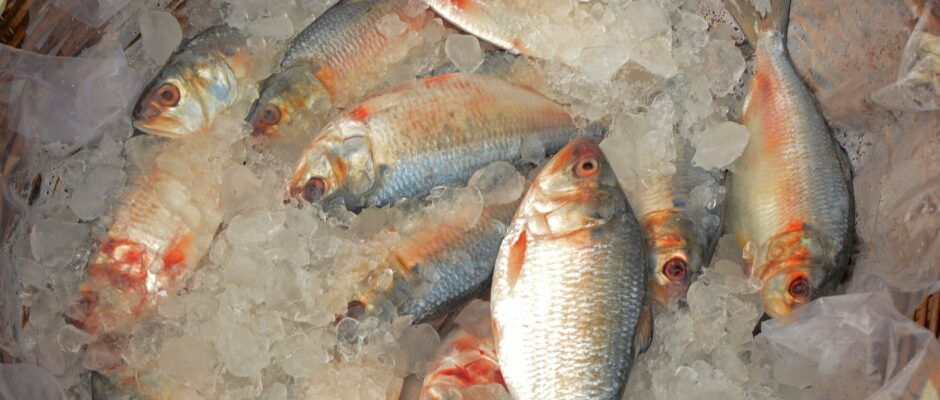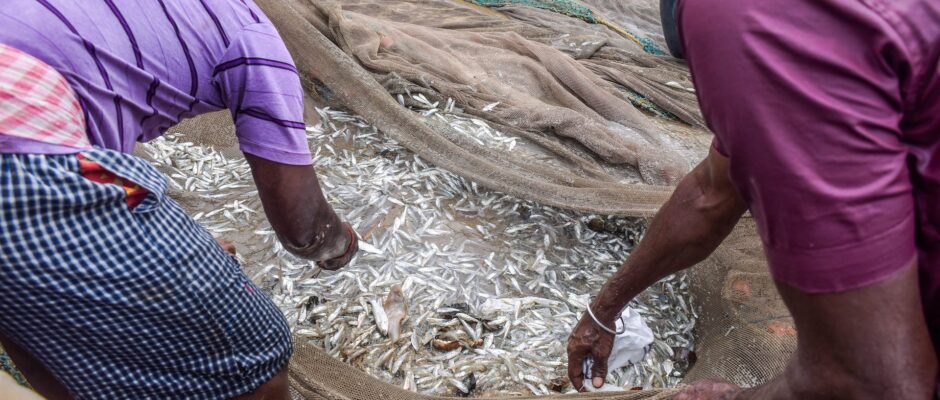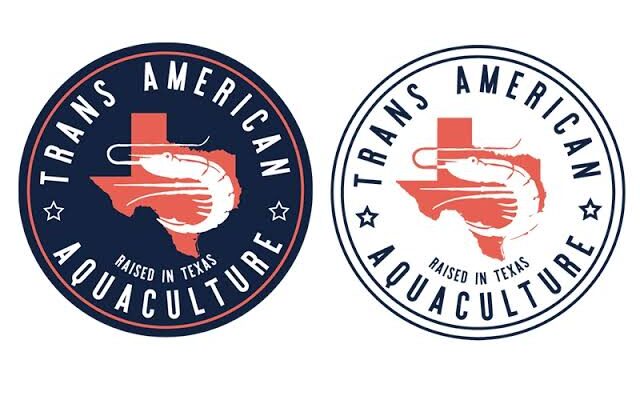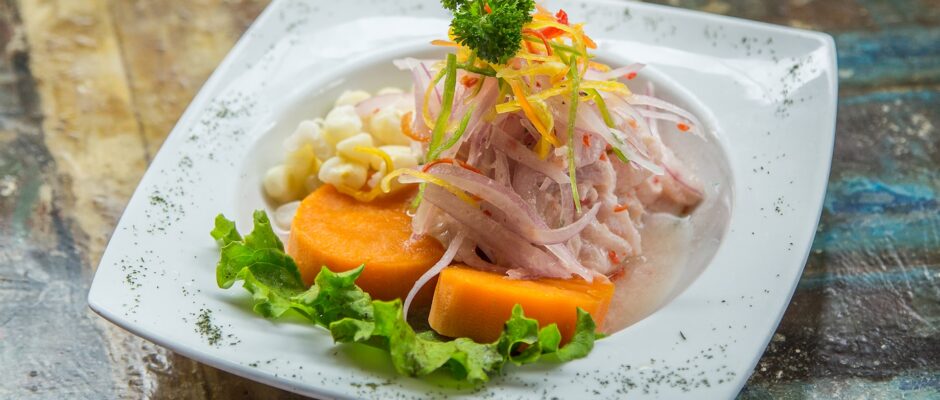A Splash of Innovation: Gumla’s Fisheries College Makes Waves in the Ornamental Fish Trade
In Gumla, Jharkhand, nestled amidst rolling hills and verdant valleys, a quiet revolution is taking place. The Fisheries Science College, long known for its expertise in traditional fish farming, has embarked on a new adventure: delving into the vibrant world of ornamental fish. This isn’t just about adding a splash of color to aquariums; it’s about empowering fish farmers, boosting local businesses, and potentially shaping the future of ornamental fish trade in the region. Gone are the days when the college’s tanks held only the familiar carp and catfish. Today, they shimmer with a dazzling array of exotic species – the iridescent scales of Molly fish, the graceful fins of Widow Tetras, the predatory elegance of Red Tail Sharks, the majestic presence of Oscars, and the iconic beauty of Koi Carp. These vibrant beauties are more than just eye candy; they represent a new source of income for local fish farmers. The college’s initiative isn’t just about aesthetics. It’s driven by a deep understanding of market demands and a commitment to sustainable aquaculture. Recognizing the growing popularity of ornamental fish in homes and businesses, the college saw an opportunity to bridge the gap between demand and supply. By providing high-quality, locally bred ornamental fish, they aim to empower fish farmers, reduce dependence on imports, and promote responsible breeding practices. The impact is already being felt. Akash Thakur, a local aquarium shop owner, recently purchased 100 Molly fish from the college. “These fish are healthy, vibrant, and perfectly suited for our customers,” he says, his face beaming with enthusiasm. “It’s great to have a reliable source of such high-quality fish right here in Gumla.” But the college’s vision goes beyond individual success stories. They are actively working with the local community, organizing workshops and training programs to equip fish farmers with the skills and knowledge necessary to breed and raise ornamental fish effectively. This collaborative approach fosters a sense of ownership and ensures the long-term sustainability of the initiative. The journey hasn’t been without its challenges. Ensuring consistent breeding, maintaining water quality, and navigating the complexities of ornamental fish health require constant learning and adaptation. However, the college’s dedication to research and innovation is proving to be a formidable asset. They are actively collaborating with other research institutions and experts, seeking new and sustainable ways to improve breeding practices and address any hurdles that arise. The success of the Fisheries Science College’s ornamental fish venture extends beyond economic benefits. It’s a story of resilience, adaptability, and a deep commitment to community development. It’s about empowering individuals, fostering entrepreneurship, and creating a ripple effect of positive change within the region. As the college continues to navigate this uncharted territory, one thing is certain: their colorful journey into the ornamental fish trade has the potential to leave a lasting mark on Gumla and beyond.


